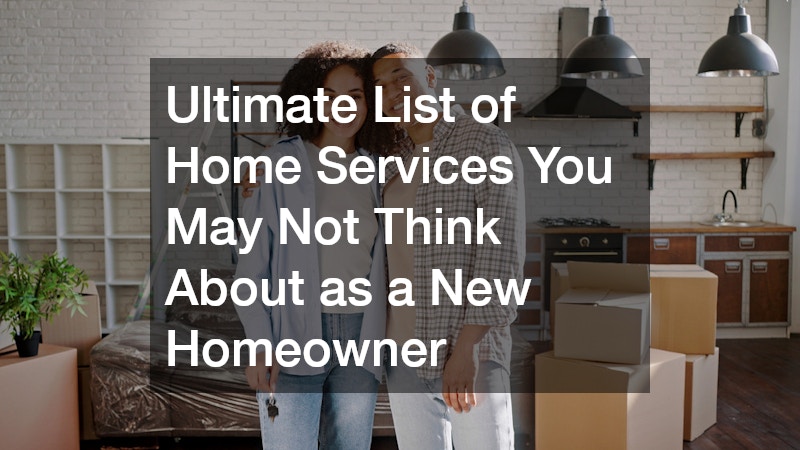Introduction
One of the most important components of a home is its heating and ventilation system. Without this, it would be particularly harder for us to get through the extreme heat of summer or the biting coldness of winter.
When it comes to choosing an HVAC to install in your home, your best option would be a geothermal heating system. They’re efficient, eco-friendly, and cheaper in the long run. This article will provide you with a few details about this game-changing heating system.
How Does a Geothermal Heating System Work?
A geothermal heating system uses the Earth’s energy to provide warmth in your home. However, the question is, how does that work exactly? To understand the efficiency of this system, we need to break down its different parts and their functions.
Geothermal Loop
The first part of a geothermal heating system is called a geothermal loop or ground loop. This is an underground piping system that’s connected to a body of water. This body of water is underground, which means it’s closer to the Earth’s core. If a geothermal heating system uses an open loop, the water from the source is sent directly into the home and is used for heat transfer. Meanwhile, a closed-loop system has pipes in its mechanism where the water is stored before use.
Heat Pump
The heat pump holds the compressor, which brings the water up to your heating system by using adequate pressure. In addition to this, a heat pump also has a heat exchanger, which allows the transfer of heat between the air indoors and the water source.
Distribution
More often than not, geothermal heating systems use a series of air ducts installed throughout the entire home. Once the heat pump has generated enough warmth, the conditioned air is delivered to the different parts of the home using forced air distribution via these ducts.

Debunking Common Geothermal Heating Myths
As there isn’t a lot of people using geothermal heating systems yet, it’s quite understandable that there are plenty of misconceptions about them. That’s why we took it upon ourselves to answer some of the most common myths about this system to provide you with a clearer perspective.
It Requires a Huge Land Area
Many people are hesitant to use this system because they believe that their yard size wouldn’t allow it. However, a geothermal heating system can actually be installed horizontally or vertically. This means that whether or not you have a big yard, you can enjoy the benefits of this heating system. You can have it installed even if you live in the city.
It Will Be Harder to Sell Your Home
Since people are more familiar with the traditional HVAC, homeowners often prefer these systems because they believe it will be easier for them to sell their property in the future. However, geothermal heating is the most efficient and eco-friendly system you can have out there, and this could be a major selling point for real estate agents once you put your house for sale. You just might find a buyer who is also looking for sustainable spaces.
Colder Areas Reduce the Efficiency of the System
People who live farther north generally believe that a geothermal heating system will not be as efficient because the temperature is just too cold for the heating system to handle. However, this system uses the energy from below the ground, which means it can maintain the heat as it draws from the constant temperature of the Earth.
You Can’t Have This System If Your House Is Old
While geothermal heating systems are a relatively new innovation, it doesn’t mean that you can’t have them if your home is old. No building or property is too old for this system. As long as there’s enough space for the different parts of the geothermal heating system, you can reap the advantages we’ve listed above.
This System Is Only for Heating
The geothermal heating system is famously known for heating homes because that’s where they’re often used. They are meant to fight the cold temperature of the winter season. However, this system can also provide cooling functions. Since it uses an air-conditioning function and has plenty of water stored, you can use this system during the summer season to cool your home.
Geothermal heating ensures that not only are we safe from the harsh weather conditions we experience annually, but it also reduces the negative effects of traditional HVAC systems on our environment. The future is now, and it’s time we take part in saving the planet. A geothermal heating system allows us to do that.







